Difference between Dry Needling and Acupuncture
Intesar Hussain, Physiotherapist
September 13, 2024 | News
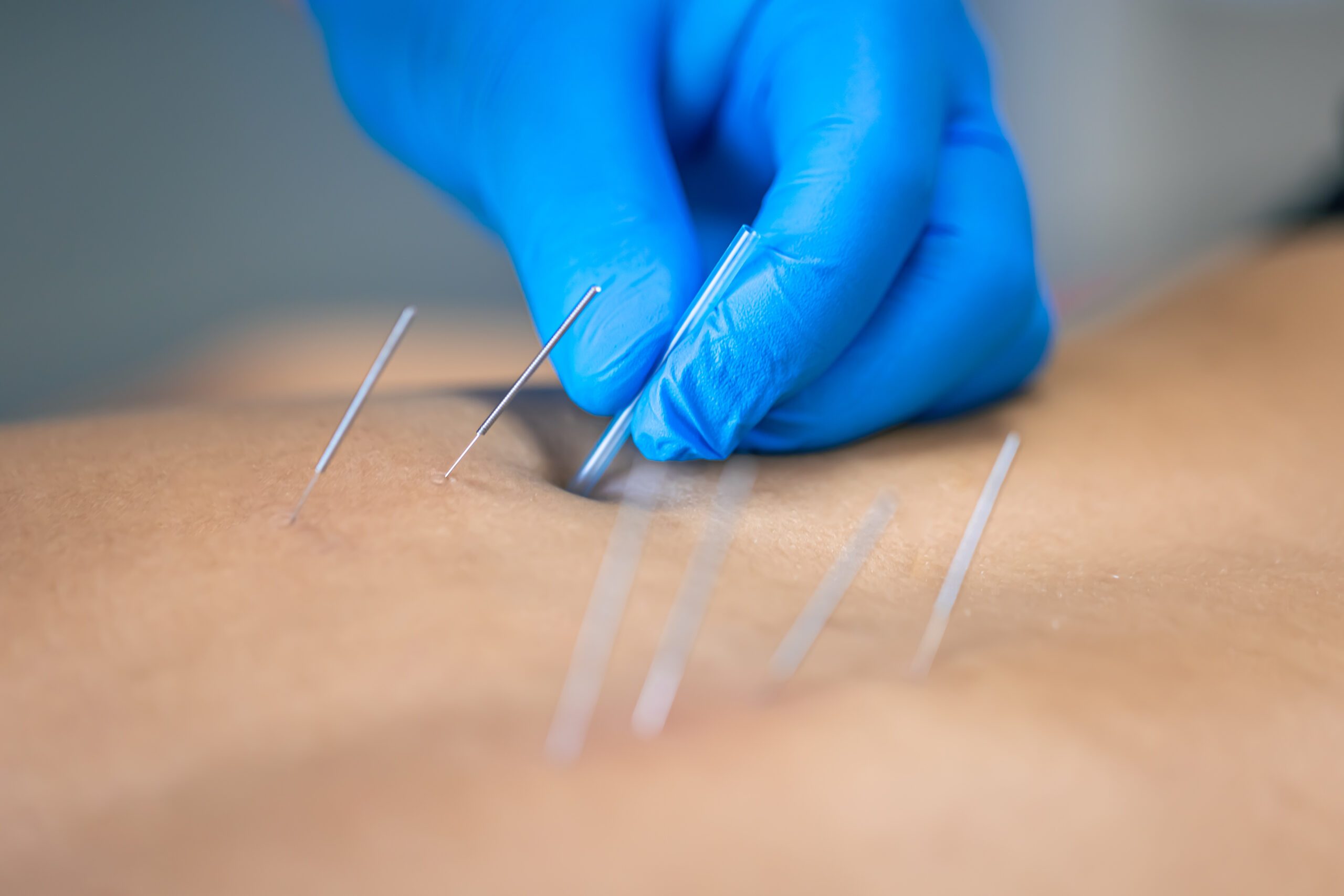
Dry needling and acupuncture are both techniques that involve inserting thin needles into the body, but they differ significantly in their principles, methods, and intended outcomes.
Origin and Philosophy
– Acupuncture: Originates from TCM (Traditional Chinese Medicine) and is based on the concept of balancing the body’s energy, or “Qi” (pronounced “chee”). Acupuncture points are selected along specific pathways called meridians, which are believed to correspond to different organs and systems in the body.
– Dry Needling: Developed within Western medicine, particularly within the field of physical therapy. It focuses on treating musculoskeletal pain and dysfunction. The practice is based on modern anatomy and neurophysiology, targeting specific trigger points or tight bands of muscle.
Technique
– Acupuncture: Involves inserting needles into specific acupuncture points along meridians to restore the balance of Qi, aiming to treat a wide range of conditions, including pain, digestive issues, emotional disorders, and more.
– Dry Needling: Targets myofascial trigger points, which are hyperirritable spots within a muscle. The goal is to relieve muscle tension, improve blood flow, and decrease pain in the affected area.
Purpose
– Acupuncture: Used to treat a variety of health issues, including pain, stress, and systemic conditions. The scope of acupuncture is broad and can include treating internal medicine problems, mental health issues, and even promoting general wellness.
– Dry Needling: Primarily focused on relieving musculoskeletal pain and improving range of motion. It is typically used in physical therapy settings as part of a broader treatment plan for conditions like sports injuries, chronic pain, and muscle tightness.
Regulation and Training
– Acupuncture: Practitioners often undergo extensive training in TCM (Traditional Chinese Medicine) and must be licensed in many countries. The practice is regulated and recognized as part of complementary and alternative medicine.
– Dry Needling: Performed by healthcare professionals like physical therapists, who receive specific training in this technique. The regulation of dry needling varies by region, with some areas requiring additional certification for practitioners.
Patient Experience
– Acupuncture: The experience is often described as relaxing, with needles left in place for 15 to 30 minutes. Sessions may also include other TCM practices such as cupping, moxibustion, or herbal medicine.
– Dry Needling: The procedure can be more intense or uncomfortable as it involves inserting needles directly into muscle knots or trigger points. The needles are usually inserted and removed quickly, although they may sometimes be left in place briefly.
In summary, while both techniques use needles, acupuncture is rooted in ancient Chinese medicine and aims to balance the body’s energy, whereas dry needling is a modern practice targeting specific muscular issues for pain relief.
Recent post
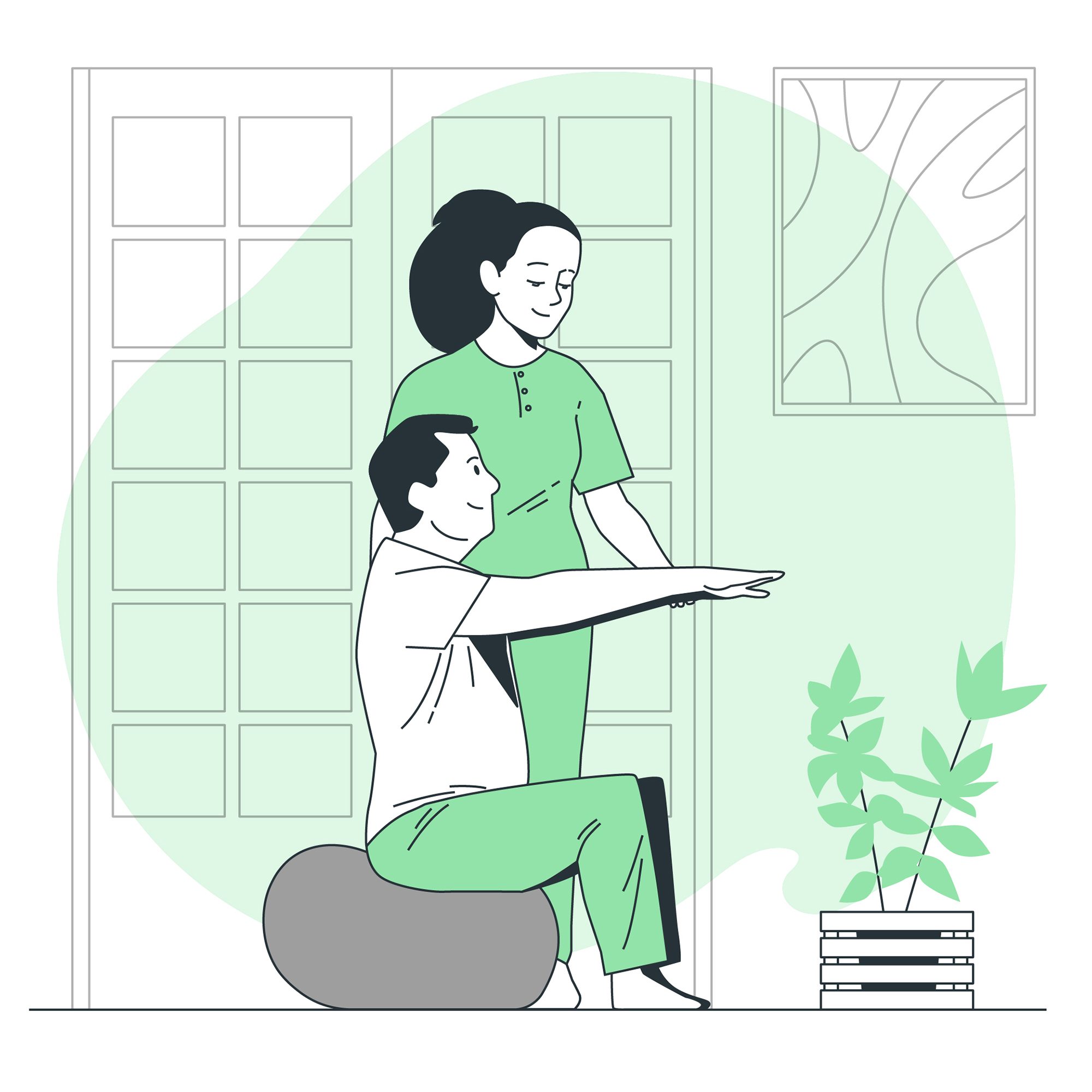
Healing After Surgery: How Physiotherapy Accelerates Recovery

Chiropractic vs Physiotherapy: What’s Best for Back Pain?

Spinal Decompression Therapy: A Non-Surgical Solution for Back Pain Relief

The impact of high heels on spinal health and alternatives

The Connection Between Posture and Mental Health

The Role of Chiropractic Care in Sports Injury Recovery
You may also like

Understanding the Connection Between a Stiff Upper Back and Breathing Difficulty
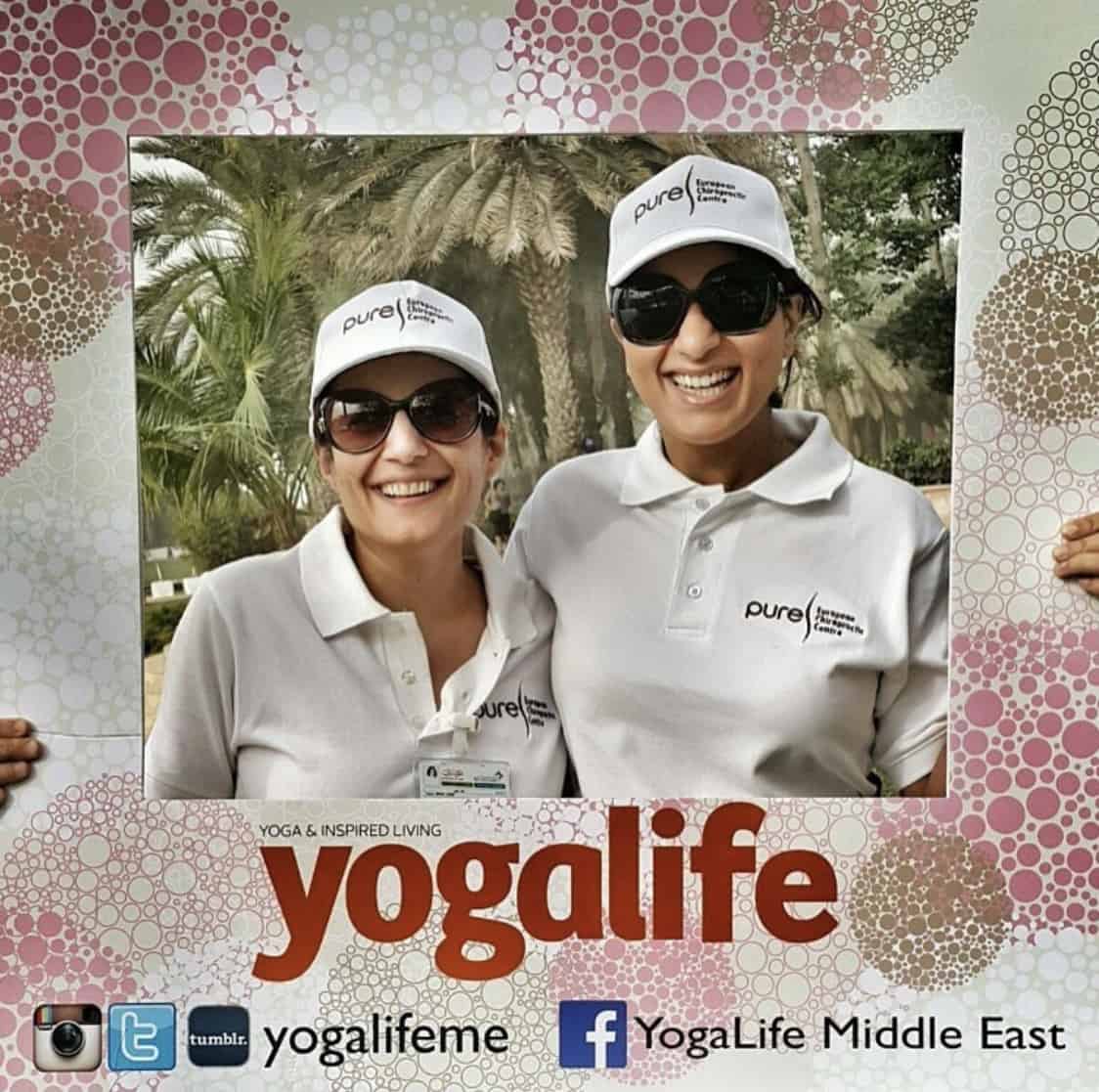
YogaFest Event – February 2015

Reflecting on Post-Ramadan Wellness: Integrating Chiropractic Care

How Dehydration Affects Your Spine And Back?

Want a healthy back?

Did you know? Pelvic floor dysfunction can cause low back pain!
Recommended Posts
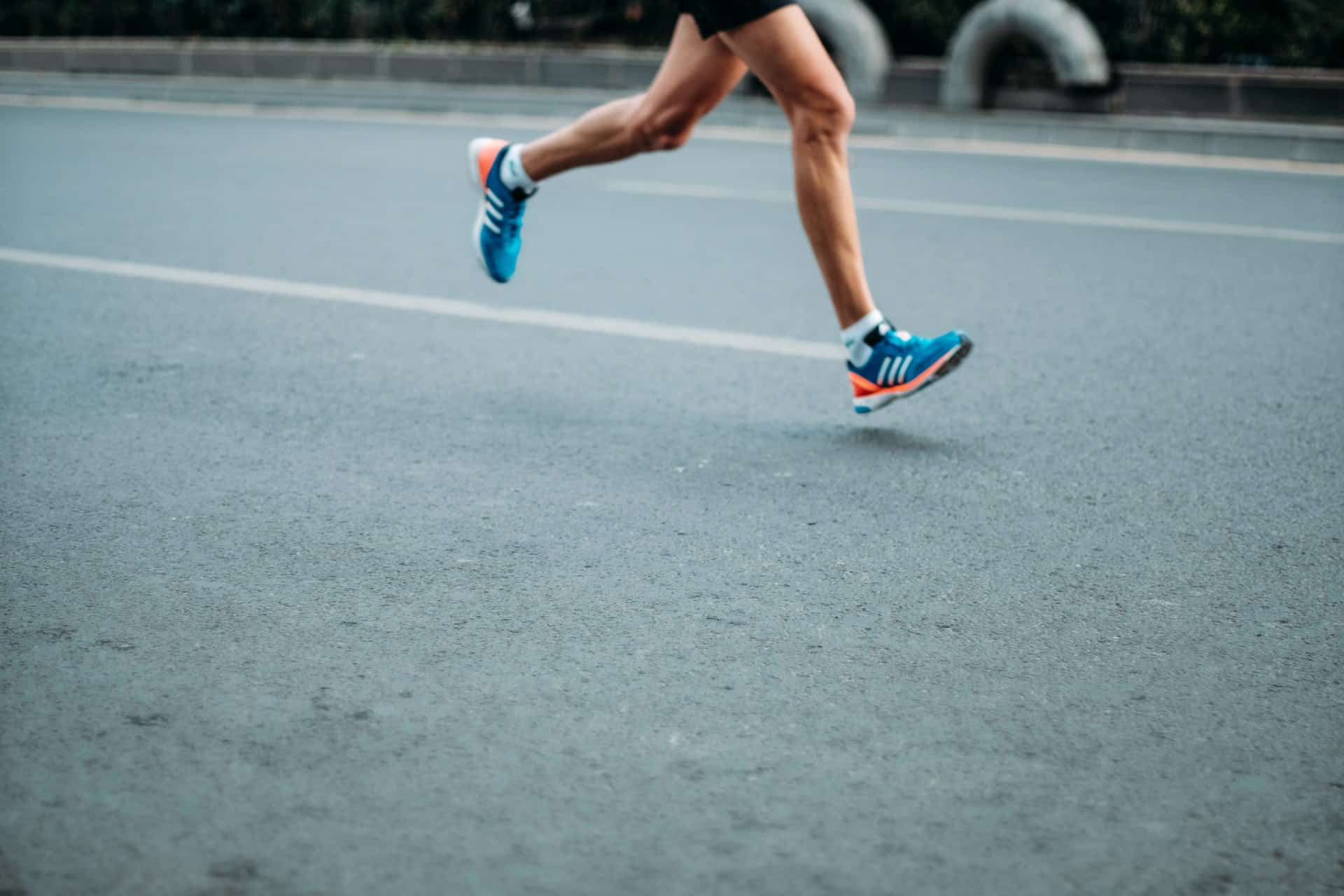
Is Running Bad For Your Knees?
by
Elgin John, Physiotherapist
January 16, 2023

How Often Should I Visit a Chiropractor?
by
Dr. Randeep Manocha
February 25, 2023
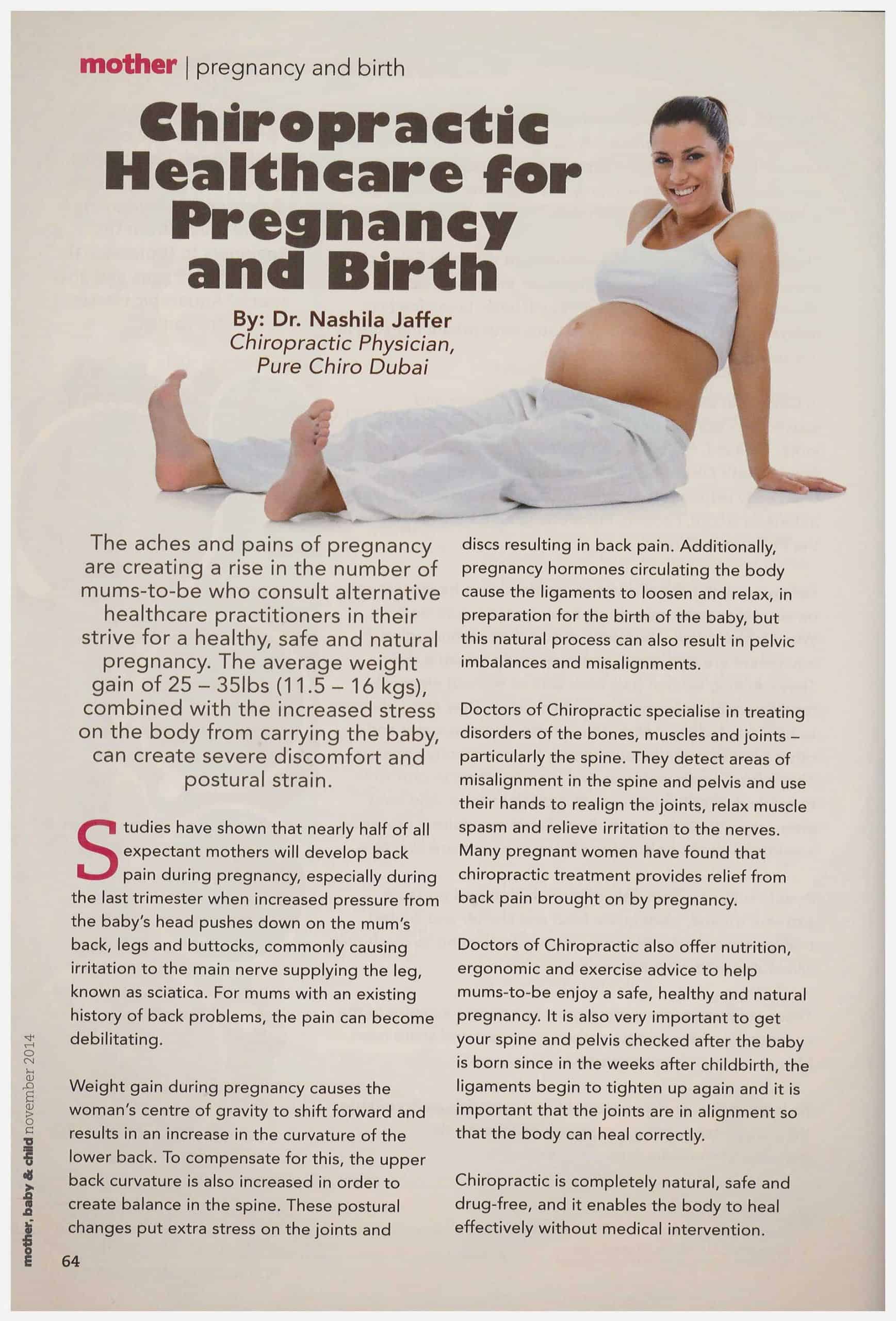
“Mother, Baby & Child” Magazine – November 2014
by
PureAdmin
February 5, 2015
